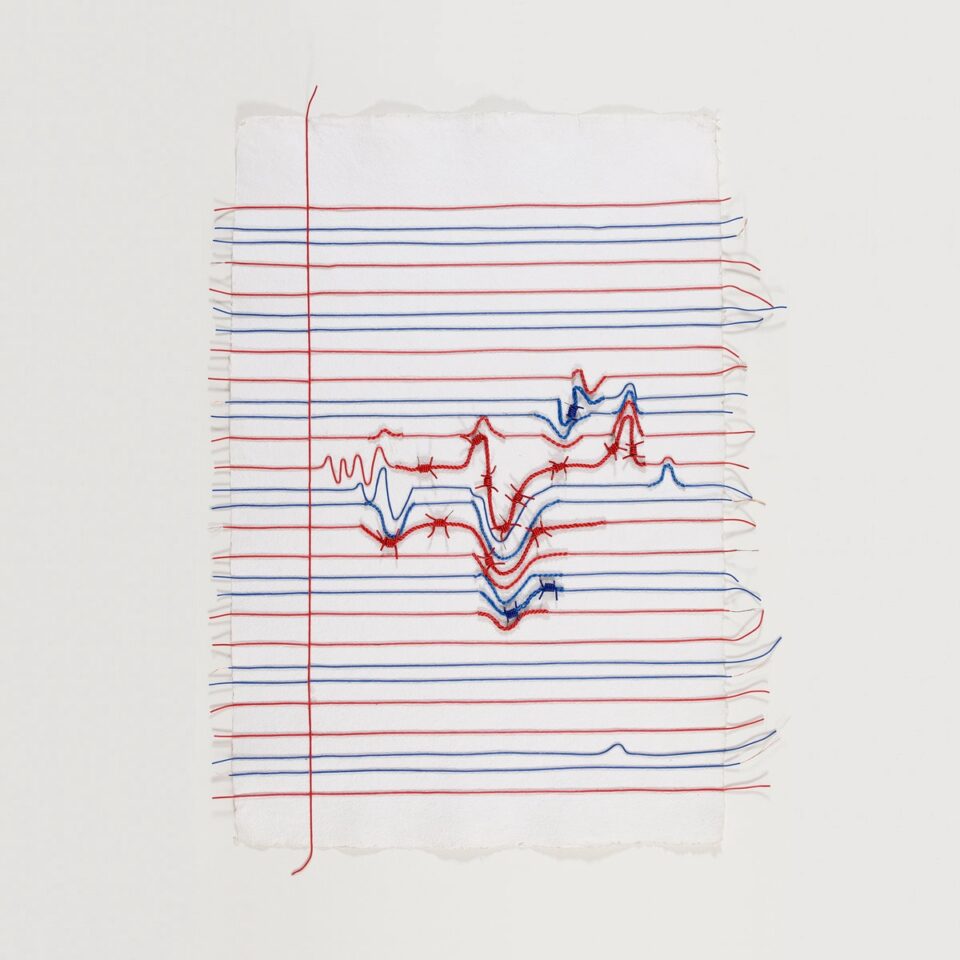Mac Miller
Balloonerism
WARNER
ABOVE THE CURRENT
Balancing context and content in an album review is always a bit of a tightrope, but with Balloonerism, it’s the helium keeping the whole thing afloat. You have to imagine even the most casual of listeners will have a series of questions regarding the latest release from Mac Miller, who died in 2018: When was this made? How was this finished? Did Miller mean for us to hear it? These are thorny questions, but the facts—as much as we have them—are the facts. Malcolm McCormick died a little over six years ago due to a drug overdose. Since that time, his estate has released a steady drip of music under his name, including the fully realized career high point Circles, which came a little under two years after his death, as well as a series of reissues of previously released mixtapes.
And now we have Balloonerism, a full record of previously unreleased material Miller recorded sometime around 2014, the same period that saw him working through his 2013 LP Watching Movies with the Sound Off and 2014’s Faces. We might never fully know how this album came together from a structural standpoint, but it seems noteworthy that it takes a little over five minutes for Miller’s voice to float into the mix. It’s as if everyone agreed that diving straight in with one of his typical moments of goofy bravado would feel strange for both creator and listener, opting instead for a prologue of sorts to help the listener ease into the proceedings. When Miller does fully enter the picture, it’s with “Do You Have a Destination?,” a song whose dense, spacey psychedelia would’ve fit nicely into the spirit of Watching Movies. It also reinforces one of the primary themes running through this era of Miller’s career, one that’s unfortunately tinged with the tragedy of hindsight.
The hovering question of Miller’s drug regimen at this moment is far from subtext, as affirmed in songs like “Mrs. Deborah Downer,” where the line “even pills turn to powder” is so thick, soupy, and sedate that it makes the laundry list of drugs listed toward its end feel a bit redundant. Elsewhere, Miller refracts his tales of drug use and the subsequent tribulations through a series of character studies. “There’s help inside of that medicine cabinet,” he sings on “Friendly Hallucinations,” a look at the slippery slide of self-medication and the warped reality that can feel like a relatively benign escape. On what’s perhaps the best song on the record, “Stoned,” Miller tells the story of a woman whose penchant for isolation and self-serving deception is curable in the only way Miller knows how, his shouts of “let’s get stoned” falling further and further into the distance as the underwater production and infectious guitar riff take center stage.
You can also hear a kind of world-weariness setting in with the early-twenties musician, whose newfound maturity and growing celebrity seemed to be adding up to less than the sum of its parts. “Whatever happened to apple juice and cartwheels?” he raps on “Excelsior,” a song that toes the line between nostalgia and cynicism wonderfully, even if it ultimately feels more like a sketch than anything else. On “Funny Papers,” Miller uses a series of imagined headlines to scatter his growing apathy. In one verse, he reads a story of a newborn baby boy only to question why his loving mother would subject him to the cruelty of this world—a pessimistic view, to say the least.
This theme in particular is explored within Balloonerism’s 22-minute accompanying short film, directed by animator Samuel Jerome Mason. Essentially an extended music video, it depicts a series of jungle-gyming children getting sucked into a psychedelic world of anthropomorphic animals, dulling day-jobs, and lost innocence. It’s a pretty fantastically rendered anxiety dream and a thorough examination of what it is Miller was getting at with Balloonerism. And yet, of course, it’s only an interpretation, as is the album as a whole. The fact is, we’ll never know the Balloonerism Mac Miller would have released—had he wanted to release it at all—and however well-rendered and often exhilarating this Balloonerism can be, it’s difficult for it to escape that shadow.







